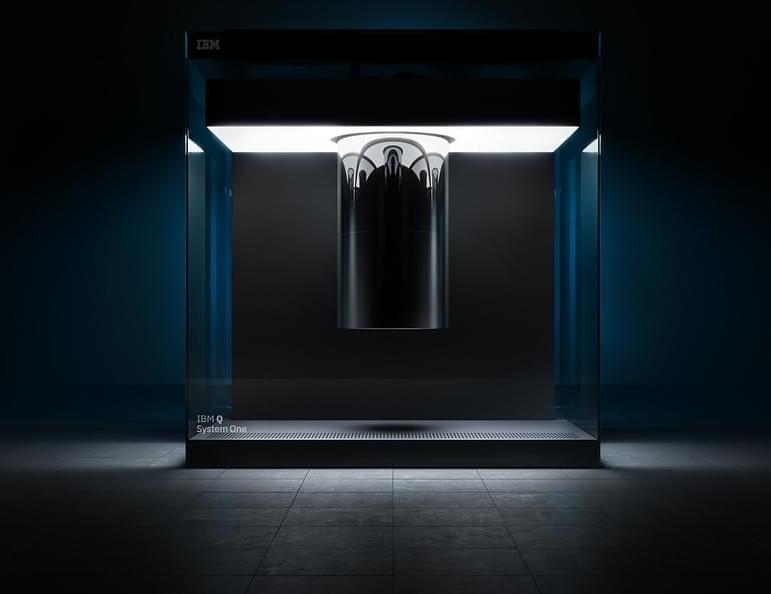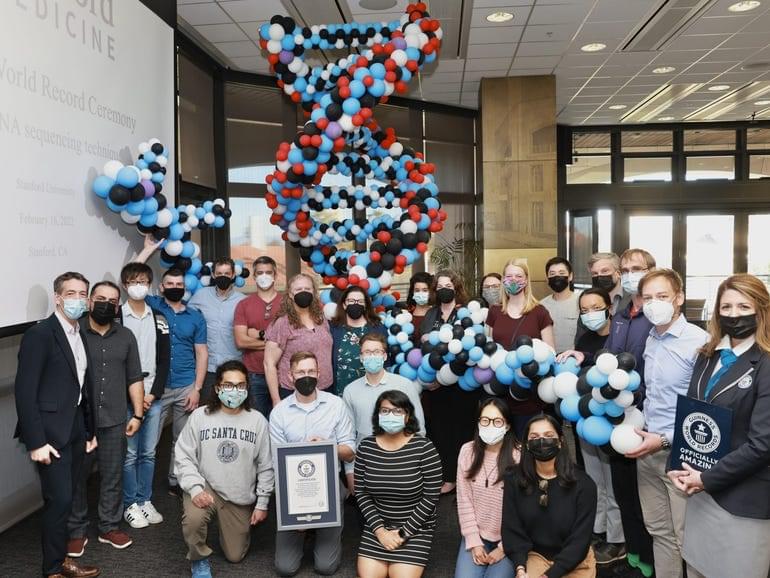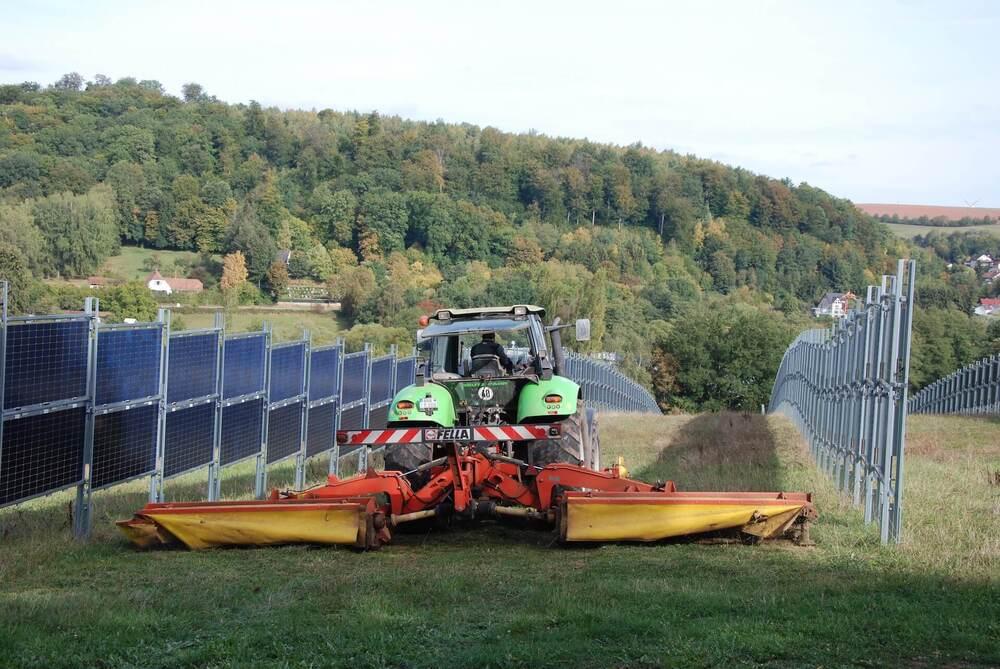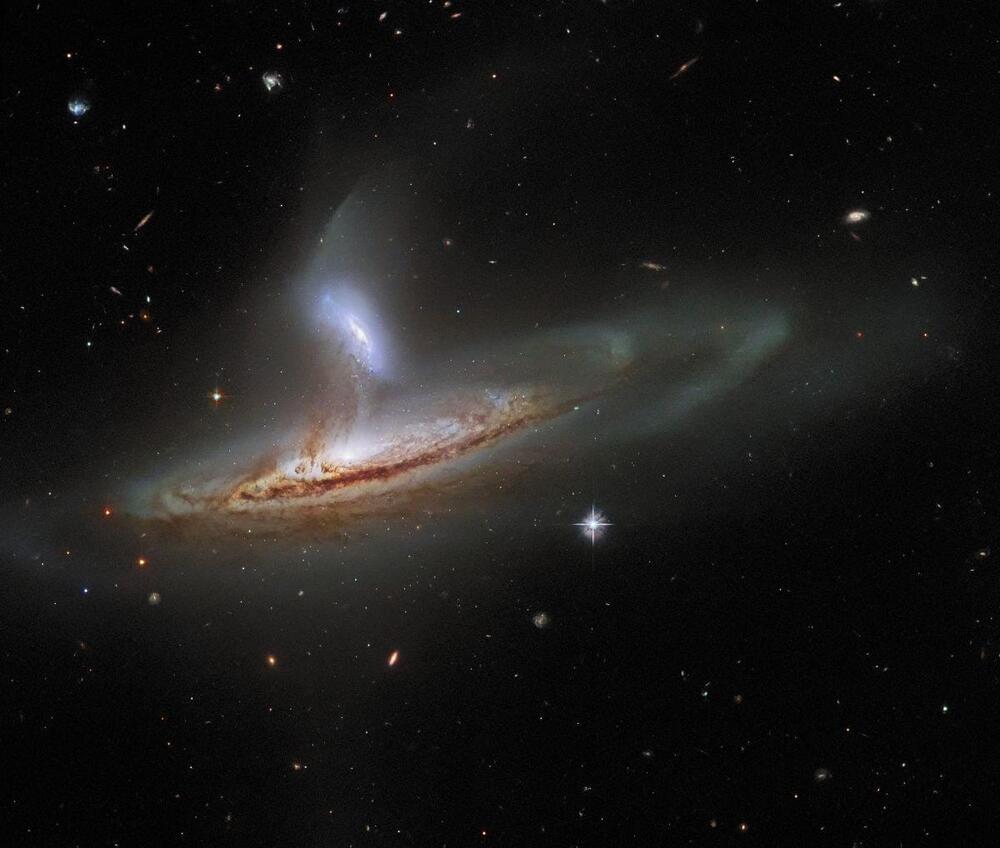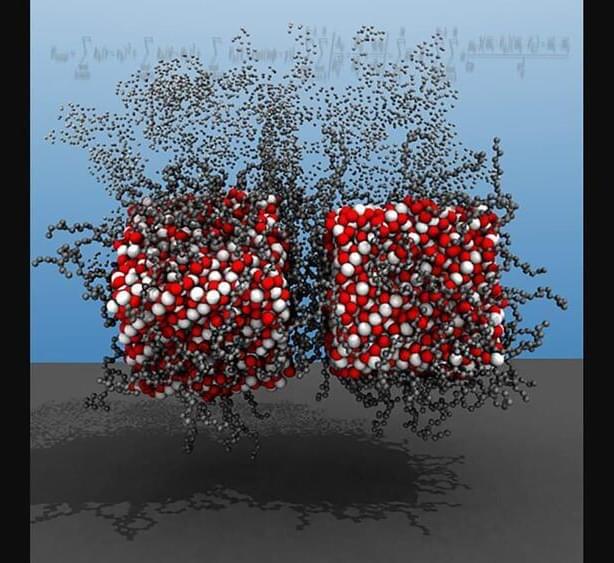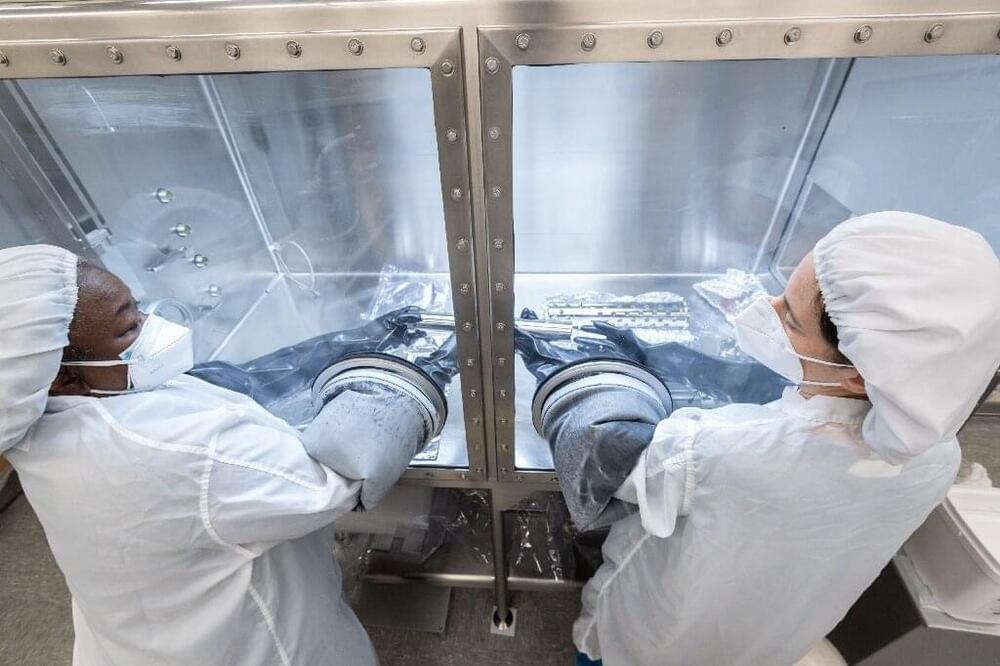To classify as a DTC, a system also needs to be truly many-body, and its coherence times (that is, the time over which fragile quantum states persist without being destroyed by interactions with their environment) must be long enough that its periodic variations are not mistaken for a short-term system change. Finally, one must be able to prepare the system in arbitrary initial states and show that all of them result in similar DTC behaviour.
A major milestone
The Melbourne team’s work, which is described in Science Advances, builds on earlier reports of DTCs that used quantum processors based on nine nuclear spins in diamond and 20 superconducting qubits. As in these previous experiments, the team turned a quantum computer into an experimental platform — a quantum simulator – in which all the requirements of DTCs could be met.
